Taking a Day Trip to Sleepy Hollow and Tarrytown
Fall is a great time for day trips and if you want to get your spooky on, why not visit Sleepy Hollow and Tarrytown?
A great reason for visiting the Tarrytown area is its easy accessibility for New York or New Jersey daytrippers. Located just 30 miles north of New York City, it takes about an hour or less by train; if driving, figure on about a 40-minute drive from Manhattan or an hour from Brooklyn and most parts of north Jersey.
The Headless Horseman sign in Sleepy Hollow Cemetery
Why visit Sleepy Hollow?
So, first a little background. Aside from being a quaint and picturesque small town, Sleepy Hollow was the inspiration for one of the first and most famous American ghost stories, The Legend of Sleepy Hollow by hometown author Washington Irving, considered one of the founding fathers of American literature.
Though the town was originally chartered as North Tarrytown, the townspeople voted to rename it Sleepy Hollow in honor of the famous early 19th-century story. Interestingly, Irving was actually living in England when he wrote the original story. But it was inspired by his North Tarrytown roots, where he lived as a youth and where he returned to in his final years to spend his days at his Hudson Valley retreat of Sunnyside.
He is buried in the family plot at Sleepy Hollow Cemetery. Even before he wrote his famous tale of the Headless Horseman, Sleepy Hollow had a reputation for being a haunted, mysterious place, dating back to the Dutch settlers of the 1600s. So of course, it is a favorite “haunt” for those who love Halloween, making October its busiest tourist month. Usually, we like to recommend hitting places “off-season”, but this one is an exception. October is definitely the best time to visit Sleepy Hollow. You certainly won’t be alone, but the town rolls out the red carpet for visitors and the weather is cool and inviting, let alone the fact that this part of the state is absolutely stunning in the fall.
The Washington Irving gravesite in Sleepy Hollow Cemetery
If you are unfamiliar with the story here’s the readers’ condensed version:
The Headless Horseman - the restless ghost of a Hessian soldier who was decapitated by a cannonball in battle during the Revolutionary War - is believed to haunt the town of Sleepy Hollow, starting a nightly horseback ride from the town’s cemetery, searching for his head. Tantalized by this and other legendary ghost stories is a local school teacher, Ichabod Crane. Though an intelligent man, Crane is superstitious and lets his belief in the supernatural guide his decisions. He winds up mixing it up with the Horseman, being chased by him and eventually struck with the rider’s hurled pumpkin head. Crane mysteriously disappears without a trace.
Fun bookish facts: Irving also wrote the story Rip Van Winkle as well as several biographies of well-known historical figures, including George Washington and Christopher Columbus. He was one of the first American writers to gain respect in Europe, and he also advocated for writing as a profession. He fought for stronger laws to protect American writers from copyright infringement.
How to get to Sleepy Hollow and Tarrytown
Ok, so now that you have the low-down on the Headless Horseman (which, delightfully, is the mascot of the local high school), you might want to take a minute to understand the lay of the land, to best decide how to travel here.
As previously mentioned, Sleepy Hollow is north of Tarrytown. If you are getting there by car, it is easy to see both in one day. It can also be a fun part of a longer Hudson Valley exploration weekend.
If you are opting for the train, most of the Sleepy Hollow historic attractions are walkable from the Philipse Manor Station.
You can take the Metro-North Railroad - Hudson Line from New York City’s Grand Central Terminal to Sleepy Hollow’s Philipse Manor station.
(You can also take the express service to Tarrytown Station, which is about 35 minutes, but that will not put you close to the Sleepy Hollow attractions.)
For walkers, we’d recommend concentrating on seeing Phillipsburg Mill, The Headless Horseman Sculpture, Sleepy Hollow Cemetery and Horseman Bridge, the Dutch Reformed Church, and then having lunch on Beekman Street for a memorable day. It’s a good amount of walking, but reasonable.
There is also the cute Kingsland Lighthouse, circa 1880, which is visible from the Tarrytown Light- Kingsland Point Path along the water. But the area is temporarily closed due to a lot of construction. Even when open, this extra diversion will take you in the opposite direction of the cemetery, adding many more steps to your day. Probably not worth it for a walking trip, as you can’t go inside it anyway.
Downtown Tarytown
If you want to see pretty downtown Tarrytown on the same day, it is really better to have your own car to get around efficiently or take a local taxi. It’s not that close to the rest of the attractions and the road to get there is quite trafficky, so walking from Sleepy Hollow to Tarrytown is not at all practical. We had our own car and did not have trouble finding metered parking on the street.
What to See in Sleepy Hollow
Headless Horseman Sculpture
A fun hit for a quick photo stop to get you in the mood for your spooky adventure is the Headless Horseman sculpture located just outside the Sleepy Hollow cemetery and next to the famous bridge that figures prominently in the story. This giant metal statue with a rusted patina depicts the Horseman as he chases down Ichabod Crane, ready to hurl a pumpkin at his head. It can be found at 420 North Broadway at Gordon Avenue. It is on an island in the middle of the street so cross with care.
Debbie and John visiting the Headless Horseman Sculpture.
Headless Horseman Bridge
In The Legend of Sleepy Hollow, the Headless Horseman chases Ichabod Crane toward a wooden bridge, where Crane thought he’d find safety. This was a real bridge over the Pocantico River at the time when Washington Irving lived in the town. Today, it has been replaced with a modern bridge, thanks to the Rockefeller family who owned an estate nearby. It’s rather unremarkable but it does have a sign on it marking it as a landmark.
For a more romantic bridge like the one in the story, and a better photo op, there is a wooden bridge in the cemetery that is popular with visitors and much more picturesque.
We recommend entering the cemetery by the Dutch Reformed Church instead of the main gate for an easier walk to the bridge and Washington Irving’s gravesite.
Headless Horseman Bridge.
Old Dutch Reformed Church
Founded in 1685 by early Dutch settlers to America, this is one of the oldest working churches in the country and it is part of the legendary Washington Irving story. It’s definitely worth a visit as it is very pretty in a simple way and has its own storied history. During the month of October, when the church is open to the public, volunteers act as greeters to answer visitors’ questions and give some interesting information. We found them to be very kind and enthusiastic to share their story.
It is an active church, so be respectful if services may be going on. Also, note that it closes at 4:30 pm.
Old Dutch Reformed Church in Sleepy Hollow
The church has its own 2.5-acre burial ground that is separate from Sleepy Hollow Cemetery. It is definitely worth checking out. The graves are very old; many are graced with plaques identifying them as those of Revolutionary War veterans. You can also find the gravestones of local citizens who inspired some of Irving’s characters, including Brom Bones and Katrina Van Tassel, as well as the horseman himself who started his nightly ride from this graveyard. (A map with a self-guided tour of these graves can be purchased at the local gift shop or the museum shop at the Philipsburg Manor.)
A Revolutionary War Veteran grave in Sleepy Hollow Cemetery.
Sleepy Hollow Cemetery
Seriously the best thing to do in Sleepy Hollow! The 90-acre graveyard is adjacent to the Old Dutch Reformed Church and was established in 1849 as the Tarrytown Cemetery but the name was eventually changed to Sleepy Hollow Cemetery.
It is a stunningly beautiful cemetery and walking through the winding, hilly trails, it feels more like a park than a burial ground. It is alive with birds and the earthy scent of plants and fresh moving water. Especially in fall, when the trees are a swath of painted color, it’s a wonderful place to explore on foot, at least for some part of it. And don’t forget to visit the wooden bridge for that signature photo. Pro tip - the bridge is marked on Google Maps.
Sleepy Hollow Cemetery main entrance.
It’s quite surprising how many famous and prominent Americans are buried here; Andrew Carnegie, Walter Chrysler, Samuel Gompers, Elizabeth Arden, Leona Helmsley, Brooke Astor, and William Rockefeller all have made this their final resting place. The Hudson Valley, in general, hosts the country retreats and rambling estates of a notable list of American rich and famous. Although you can certainly find older burial sites in Europe, the distinctly American history here makes it of particular regional interest. It’s about as old as it can get for this relatively young country.
But of course, the most sought-after gravesite is that of Washington Irving himself, buried at the Irving family plot, not far from the church, and marked with an iron gate bearing the name Irving.
It’s up on a hill and his gravestone is a little set back, among the stones of other family members, making it a little hard to read, but there is something humble and charming about that, considering the fact that, at the time of his death, Irving was world famous.
You will definitely get a sense of eeriness here. The cemetery feels like a place full of stories. While we were checking out the site of the Coffin family (!) next to the Irvings, we had an encounter with a hawk that landed right over us and stared us down. Well, I’m by no means afraid of hawks, they are friends and not foes, but …what the heck was he looking at…?
Washington Irving gravesite.
The cemetery closes at 4:30 pm; luckily before the Headless Horseman begins his ride! Better get across that bridge!
Philipsburg Manor
Across from the Headless Horseman sculpture and Horseman Bridge, you will find Philipsburg Manor. You can tour this 1750 restored manor house and gristmill and see what life was like for the Dutch, African, and Native American people tied into this historic landmark. Milling, farming and trading were thriving industries in the Hudson Valley. Frederick Philipse, the builder of the mill and manor house, also constructed the Old Dutch Church of Sleepy Hollow.
What also interests many people about Philipsburg Manor is that it is mentioned in Irving’s tale. In the story, Ichabod Crane strolled with the local girls along the millpond of the manor.
Phillipsburg Manor.
What to See in Tarrytown and Nearby Area
Downtown Dining & Shopping in Tarrytown
Main Street in Tarrytown is as cute and picturesque as it sounds. Enchanting little shops with lovely storefronts, anchored by the historic Tarrytown Music Hall, along with darn good restaurants are the main features.
I was personally surprised how good the food was - you never really know what you are going to get gastronomically when you go somewhere billed as “cute” or “quaint”. But actually Tarrytown is quite hopping and busy, and the restaurant selection does seem to have a NYC influence.
Garlic Shrimp and Serrano ham at Basque Tapas.
I enjoyed everything I had to eat in the area - especially notable were the tapas at Basque Tapas and the tasty eats at Taco Club in Sleepy Hollow. (Best. Churros. Ever.)
Even the little coffee shop we visited had very much the same vibe as one might feel in NYC, bustling with folks working on their laptops and local art on the walls. And the coffee was good!
We just missed the Saturday TaSH Farmers Market at Patriot’s Park by a few minutes (8:30am - 2pm, Memorial Day weekend through Thanksgiving) but I made up for the disappointment by jewelry shopping! Shout out to the nice ladies at Bella’s Boutique for selling me some lovely sparkly things. Of course, you will find lots of headless horseman-themed items throughout the town - with some particularly creative T-shirts - but there is also a leaning toward vintage items, jewelry, and local folk art. A nice place to find a special, meaningful gift.
Bit O’ History - During the Revolutionary War, the British army major John Andre was captured for espionage and his involvement with Benedict Arnold at the site that is now Patriot’s Park. Andre was taken prisoner and eventually executed. Arnold defected to England, to live out the rest of his life. Captors' Monument, located in the park, memorializes the event.
Looking for a great gift or something to hang on your wall?
Order photos from around the world in our print store.
Click here.
Notable Homes in and around Tarrytown
Washington Irving’s Sunnyside - (3 West Sunnyside Lane, Irvington, NY 10533, off Route 9)
While a young teenager, Washington Irving’s family fled New York City to their retreat of Sunnyside in the Hudson Valley when an outbreak of Yellow Fever threatened the city. It was while he spent his youth here that he collected the inspiration for his famous story. Though he did leave Tarrytown, he returned in his later years and spent the last part of his life at Sunnyside.
This old Dutch farmer’s house is open for tours and seasonal events that mostly take place in fall. The home is meticulously restored and is filled with Irving’s possessions, including his modest writing desk. (When I think about what he was able to do at that desk, then I look at my huge monitor and adjustable standing desk, one can not help but feel a bit sheepish!) Not surprisingly, there are stories that Sunnyside is haunted!
Advance reservations are required, and hours change seasonally, so check their website before you go.
_____________________________________________________________________
Kykuit, a Rockefeller Estate - (381 N Broadway, Sleepy Hollow, NY - Visitor Center address)
In 1913, John D. Rockefeller, Standard Oil tycoon and one of the wealthiest men in American history, completed this family estate. Since then, four generations of his family members and descendants have lived at this grand estate and have continuously added to the impressive property. It boasts a nine-hole golf course and at one point it had at least 75 houses connected by 70 private roads which were all designed by John D. Rockefeller and his son. It is so large that as many as ten Rockefeller families still live within the grounds.
The National Trust for Historic Preservation now runs the property and offers guided tours of the main house, art galleries, and gardens. (Rockefeller’s grandson Nelson Rockefeller collected one of the greatest private collections of modern art in the country, including works by Andy Warhol and Picasso, and they are kept in a private underground basement gallery at Kykuit.)
Many famous guests were hosted by the Rockefeller family here, including U.S. presidents Lyndon B. Johnson, Gerald Ford, Richard Nixon, and Ronald Reagan, as well as many powerful leaders from all over the world.
Tickets should be purchased online and all tours leave from the Visitor Center. As with all the attractions in this area, check for seasonal hours.
Note -You can take a shuttle to Kykuit from Philipsburg Manor if you’re visiting Sleepy Hollow and Tarrytown, NY by train from NYC
____________________________________________________________________
Lyndhurst Mansion - (635 S Broadway, Tarrytown, NY 10591)
Another notable home to visit around Tarrytown is the 1886 Gothic Revival mansion, Lyndhurst. It was the home of the famous railroad tycoon, Jay Gould, and is said to have inspired the Rockefeller family to build their grand estate here, in an attempt to outclass Lyndhurst.
One of the coolest facts about the mansion is that the exterior was used in filming the quirky, 1960s vampire melodrama Dark Shadows. If that doesn’t add to the Halloween aura of Tarrytown and Sleepy Hollow, I don’t know what does!
Like other estates in the area, it is a part of the National Trust for Historic Preservation, which maintains the property and offers private tours of the mansion, as well as hosting many seasonal events listed on its website. Or you can also choose to explore the grounds on your own. Some highlights include an 1894 bowling alley inside the mansion and a swimming pool.
____________________________________________________________________
So head on up to visit Sleepy Hollow and Tarrytown before the Jack-o-Lanterns burn out! Or before the Headless Horseman comes looking for you, whichever comes first! ;)
If you are looking for something else fun to do nearby check out our post about walking across the Governor Mario Cuomo Bridge, as well as our post 10 Great Things to do in the Hudson Valley.



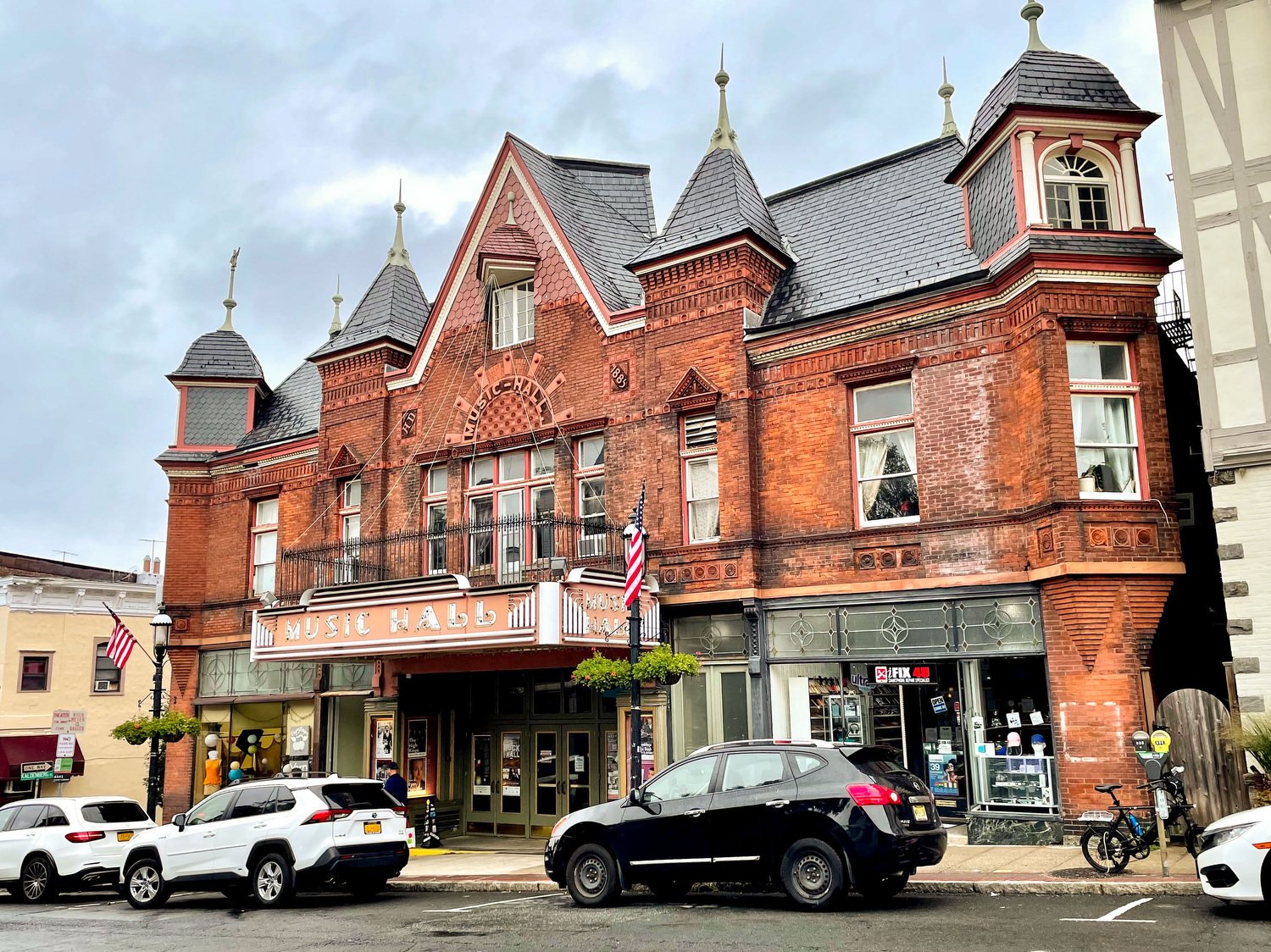




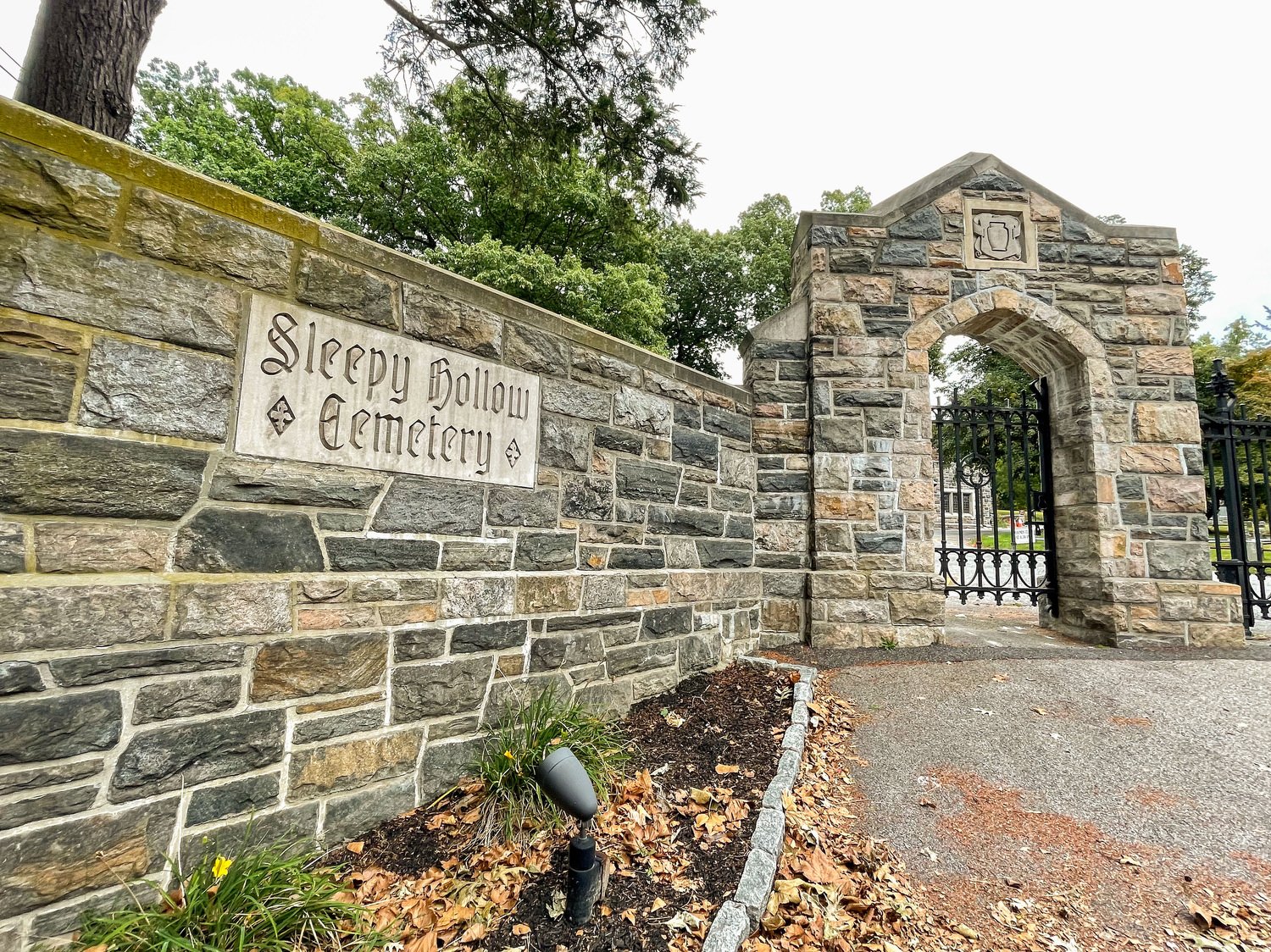
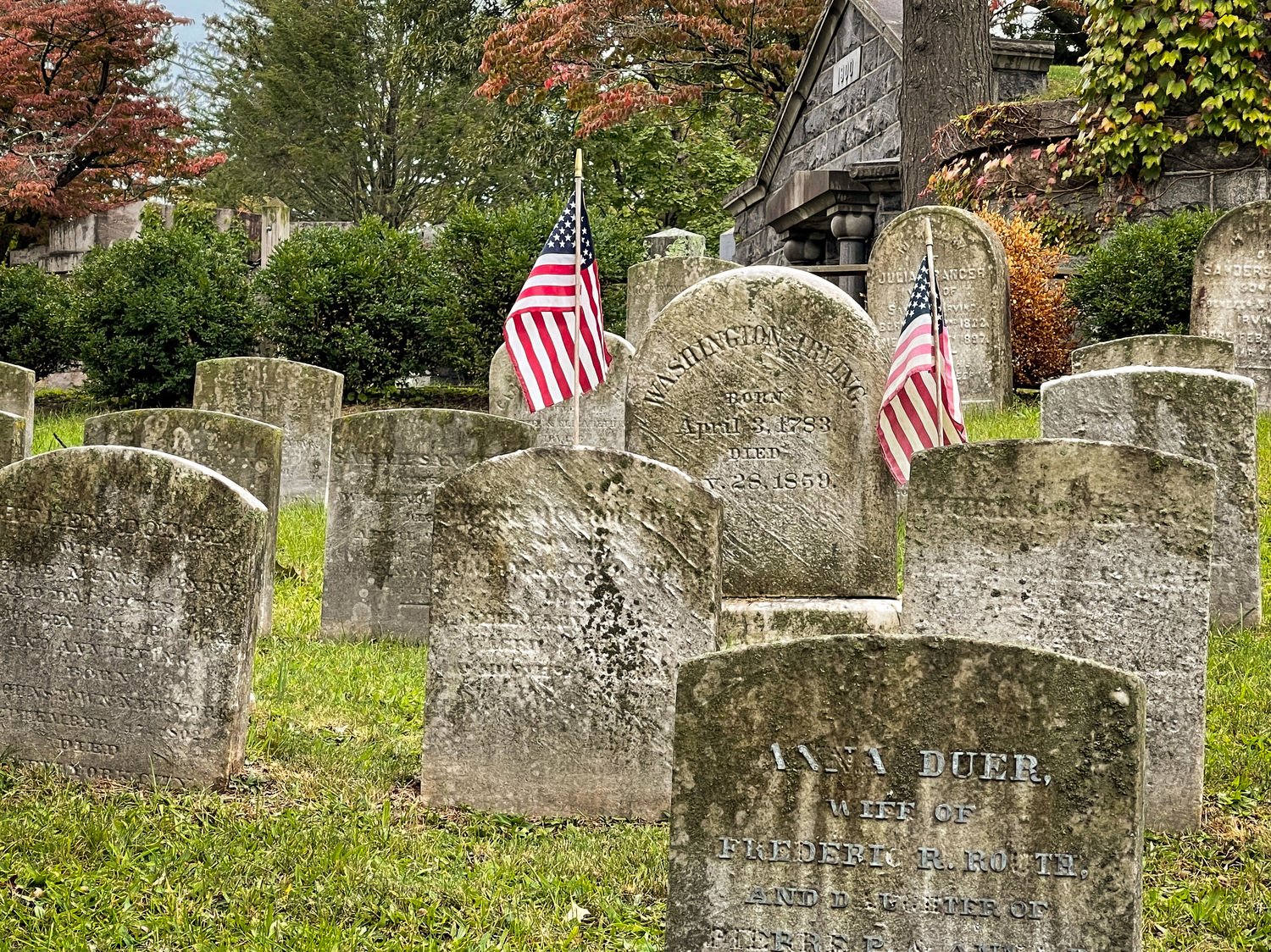









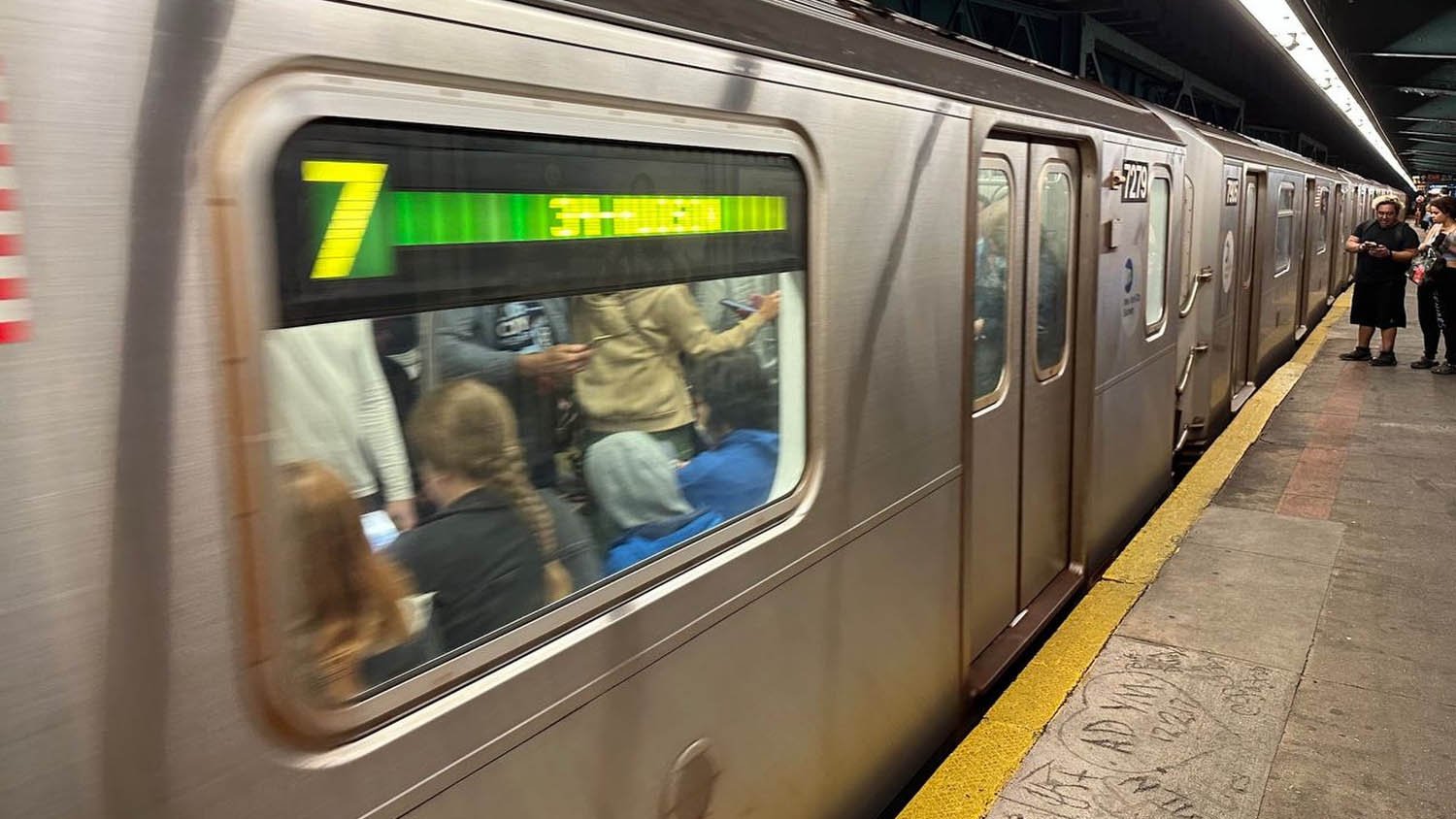

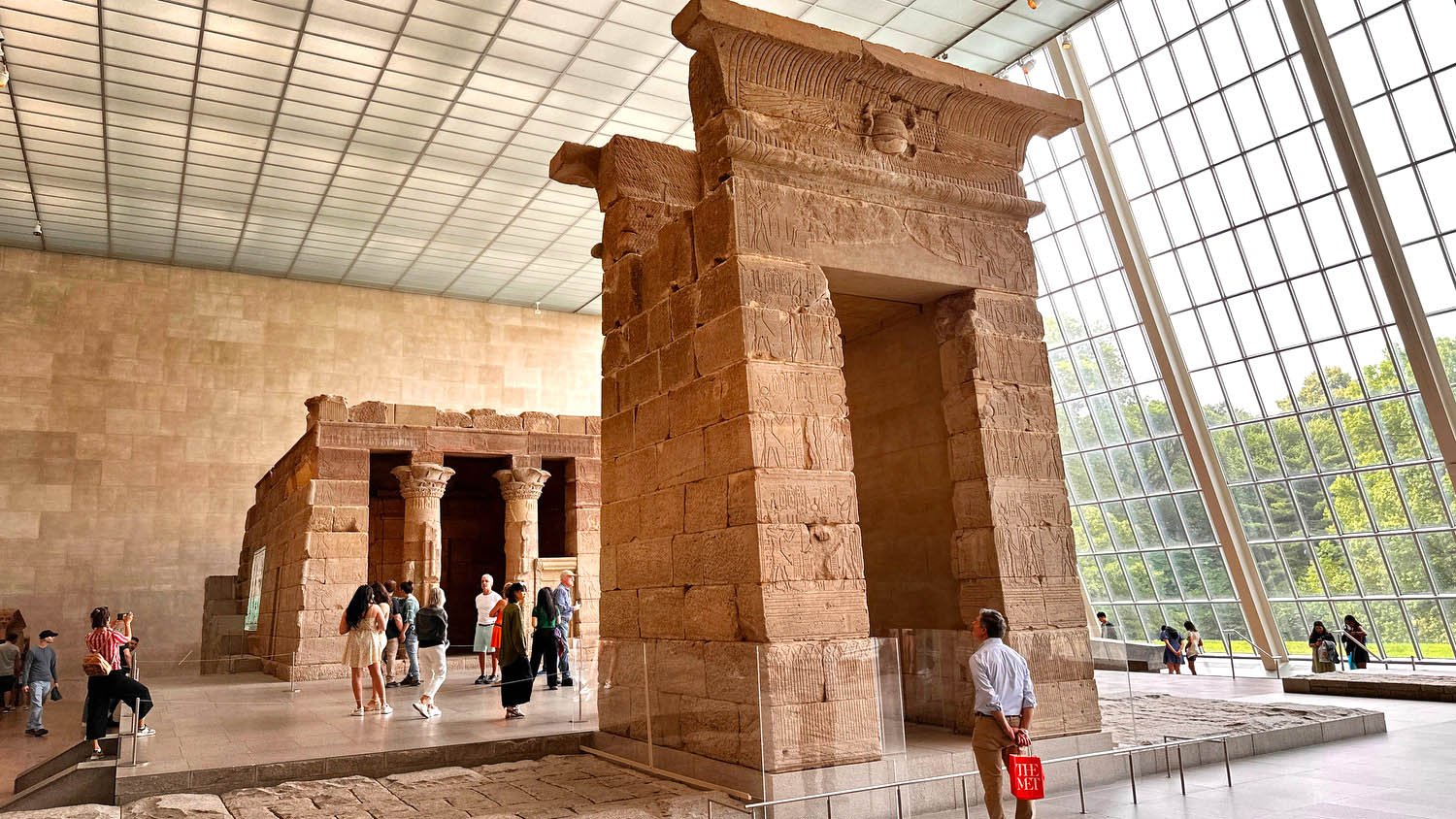



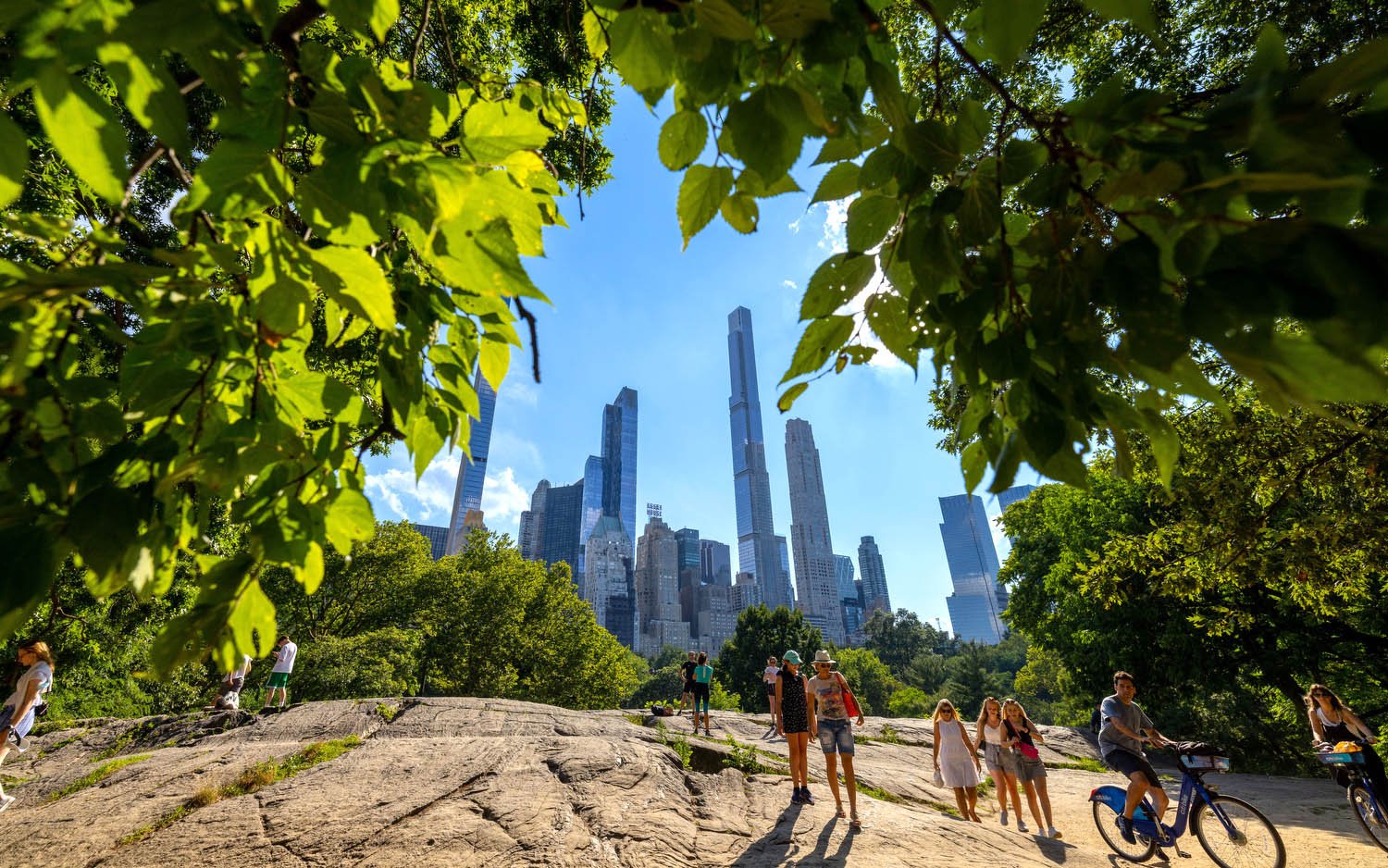




In New York City, with over 700 hotels, it’s very difficult to stand out. But The Beekman, a Thompson Hotel, located in lower Manhattan, is a notable hotel.
The hotel building dates back to 1881 and features a nine-story atrium and two top-tier restaurants.